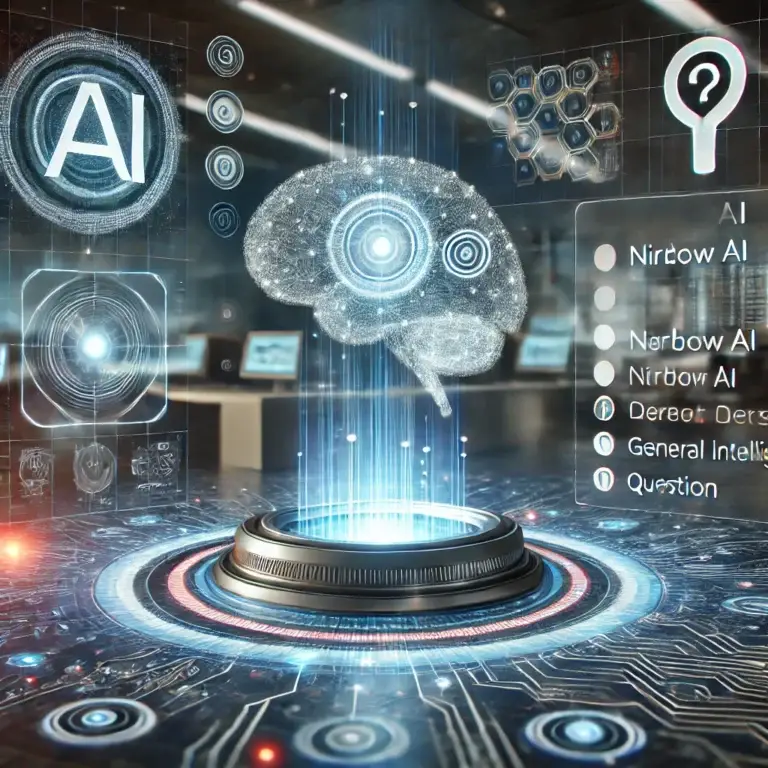OpenAI O3 Model Aces AI Reasoning Test – But It’s Still Not AGI
In a significant milestone for artificial intelligence, OpenAI’s O3 model recently demonstrated impressive performance on a highly demanding AI reasoning test. This accomplishment has captured the attention of AI enthusiasts, researchers, and developers alike, as it showcases the remarkable strides that AI systems are making in tasks traditionally associated with human-like thinking. However, despite this breakthrough, experts are quick to remind us that the O3 model is still far from achieving Artificial General Intelligence (AGI), which remains a distant goal in the AI field.
What is the OpenAI O3 Model?
The OpenAI O3 model is the latest in a series of advanced AI systems developed by OpenAI. Building on previous versions, the O3 model has been fine-tuned to excel in tasks that require complex reasoning and problem-solving. In recent tests, the model was able to solve problems that traditionally require understanding, critical thinking, and abstract reasoning, which are all hallmarks of human intelligence.
This test, which has been widely regarded as a challenging benchmark for AI systems, included problems that demanded not only surface-level knowledge but also the ability to analyze and deduce logical connections. The O3 model performed exceptionally well, surpassing expectations and even outperforming other AI systems in certain areas.
AI Reasoning: A Leap Forward
AI reasoning refers to a machine’s ability to understand, infer, and make decisions based on information, much like a human would. Until now, AI has excelled in tasks like language processing, image recognition, and even playing games, but reasoning – especially at a level that involves logic and problem-solving – has been a challenging frontier.
The O3 model’s success in this test is seen as a giant leap in AI’s ability to reason. It demonstrates a system capable of abstract thinking, solving complex puzzles, and making decisions that reflect deep understanding. This is a significant shift from previous AI systems that were largely dependent on pre-programmed rules and lacked the ability to “think” independently in the way humans do.
Why O3 Isn’t AGI Yet
While the OpenAI O3 model’s performance in reasoning tasks is impressive, it is important to note that this does not make it AGI. AGI, or Artificial General Intelligence, refers to a type of AI that can perform any intellectual task that a human can do. AGI would be capable of understanding and learning from any domain, adapting to new environments, and demonstrating the same cognitive flexibility as a human being.
Despite the O3 model’s success in a reasoning test, it still lacks the ability to generalize across tasks or exhibit the true cognitive flexibility of human intelligence. While it may excel in specific reasoning challenges, it is not yet capable of the kind of broad, adaptable intelligence that defines AGI.
Moreover, O3 is still highly dependent on large datasets and training, with its reasoning abilities rooted in patterns identified during this training. Unlike human intelligence, which can learn and adapt from minimal data and real-world experiences, AI systems like O3 require massive amounts of data and computational power to function effectively.
The Road to AGI: Challenges and Opportunities
The path to achieving AGI remains a difficult one, with several hurdles that need to be overcome. First and foremost, AGI would require not only advanced reasoning abilities but also a deep understanding of the world, emotional intelligence, and common sense – aspects of intelligence that current AI models, including O3, lack.
Another key challenge is creating an AI that can transfer knowledge across different domains. While O3 can solve specific reasoning problems, it is still unable to perform tasks outside of its trained domain without further customization and retraining. AGI, on the other hand, would be able to apply learned knowledge to new, previously unseen scenarios without the need for retraining. OpenAI O3 model
In addition, there are philosophical and ethical questions surrounding AGI. What safeguards should be in place to ensure that AGI is developed safely? How can we ensure that AGI systems align with human values? These are questions that will need to be addressed as the technology continues to evolve.
Conclusion
OpenAI’s O3 model has undeniably made remarkable progress in AI reasoning, demonstrating the potential for machines to perform tasks that once seemed out of reach for artificial systems. However, as impressive as this achievement is, it’s crucial to recognize that the O3 model is not AGI. The journey towards Artificial General Intelligence is still ongoing, with many challenges remaining.
While the O3 model has taken a significant step forward, the broader ambition of creating machines with human-like intelligence remains an elusive goal. For now, AI systems like O3 are excellent tools for specific tasks, but they are still far from achieving the cognitive flexibility and adaptability that define true general intelligence.


2 Comments
Pingback: Top 10 Best CRM Software in 2025 Smart options for e-commerce, Healthcare, and further - The Blog
Pingback: The Blog Tech - Insights on Technology, Gaming & More